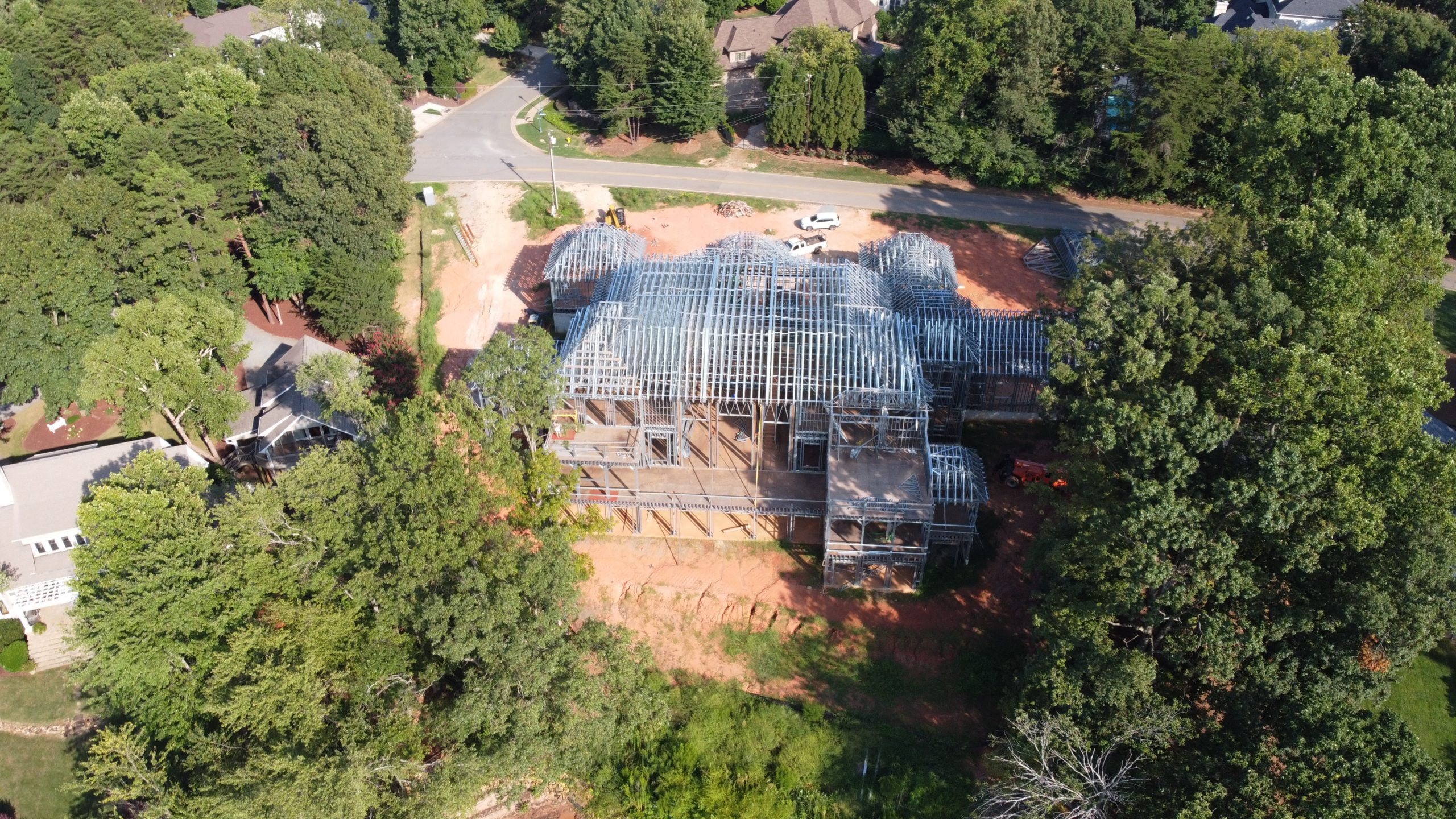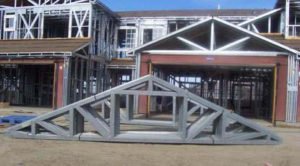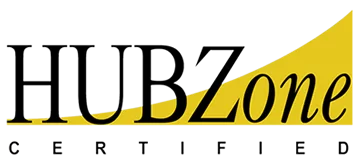Considerations

You have to do your homework and analyze the costs. You will need to review the advantages described earlier and weight them for your project.
Once you take a look at the pros and cons and apply them to your projects, it will become apparent what part of your home can be framed with light gauge steel.
Hiring an Engineer
If you need to hire an engineer, we recommend taking the time to find one who has a strong background in cost effective light gauge steel design. Very few engineers have studied light gauge steel in college. Engineers who design light gauge steel for the first time tend to be very conservative and cost you a lot more than you should on material. Also, their details tend to be complicated and not practical.
I remember when I designed the first light gauge steel building back in 1996 in Lafayette, Illinois. I had to be conservative because I was worried, if I make a mistake, I could lose my licenses. Since then, I was yelled at by several contractors who told me, ” You want to do this detail in this building, you need to come and do it yourself.” Then and only then, I learned to consult with and listen to the contractor first. We ironed out many details and methods to make it practical, economical and buildable.
That is why, it is strongly suggested that you find an engineer who is willing to listen to your idea.
Benefits for Home Construction
In addition to the environmental benefits, light gauge/cold-formed steel offers other benefits that are appealing to every homeowner. For instance:
- Lower maintenance costs
- Decreased utility bills
- Higher resale value
- Fire resistant
- Mold free
- Pest/termite free
- Durable
- Weather resistant
- 100 % recyclable/ sustainable
Steel is North America’s #1 recycled material. In short, light gauge steel/cold formed steel outperforms wood from virtually every angle. Building a light gauge steel framed house will be faster than using wood. That time efficiency will equate to savings in your wallet too. Here are more benefits to using light gauge/cold formed steel framing: Providing a Competitive Edge: The many advantages to light gauge/cold formed steel framing gives the builders of the contractor an edge over the competition such as:

- Consistent Material Costs: Light gauge/ cold-formed steel framing is constantly available which means little fluctuation in price. In fact, cold-formed steel often cost less than lumber.
- Plywood or Oriented Strand Board (OSB) can be attached to the light gauge steel framing such as walls, floor and roof with pneumatic nails similar to the way they are attached to wood framing.
- Consistent Quality: Light gauge/ cold formed steel enjoys uniform manufacturing tolerances. Cold-formed steel is always dimensionally correct and does not contain the knots, twists, or warps commonly found in wooden framing materials.
- Greater Strength: Light gauge/ cold-formed steel components with same outside dimensions as their wooden counterparts are lower in bulk and provide greater strength for many applications. The inherent strength of steel also usually translates into a need for fewer members and in many cases smaller members. For example, steel strength for tension is about twenty times stronger than the most wood species.
- Design Flexibility: A variety of products thickness, size and arrangement of light gauge/ cold-formed steel members enable engineers to meet big verity of owner demand for bigger and larger open space. Also, Light gauge/ cold formed steel can go higher than wood. Five and six stories high are common with light gauge/ cold formed steel framing.
- Ease of Installation: Light gauge/ cold-formed steel framing installed quickly. The components of a lightweight, steel-framed assembly, including studs, track, joists, etc., can be assembled quickly and easily into pre-fabricated panels or assemblies.
Scenario A: Pre-cut and pre-punched studs and joists shipped in bundles to site, and then assembled into walls and floors on site. Scenario B: Panelized wall made in the shop and shipped to site ready for installation.
Scenario C: Modular construction. This is the fastest type of construction where the house is fabricated in the factory and shipped to site about 90% finished with fixtures.
Time and Cost Saving:
Since construction financing is expensive, its time duration must be minimized. Light gauge/cold formed steel construction takes less time to construct and so, saves money to builders and homeowners. One of the additional advantages of using cold-steel framing is that a group of homes can be more cost–effectively framed in a controlled penalization area in a factory. Also, if time is of the essence, modular buildings and homes made from light gauge/cold formed steel framing could be the best solution for your project.
- Ease of Modifications:

Since light gauge/cold formed steel is strong, it could accept modification and alteration much easier than wood. Hiring a licensed engineer to design the modifications is always recommended.
- Superior Sound control:
The resilient nature of the light gauge/cold formed steel studs help walls absorb sound for a peaceful environment.
- User Friendly Technology:
Light gauge/ cold formed steel is a proven, user-friendly-technology that allows for a easier transition from other materials.
- Multiple Finishes:
Light gauge/ cold formed steel framing accommodates all types of commonly used finishing materials. Variety of finishing materials, textures and shapes that can be selected is virtually unlimited.
- Availability:
Light gauge/ cold formed steel components are available throughout the country. They can be purchased in stock lengths, custom cut dimensions or in pre-engineered, panelized systems. Because of the growing use of light gauge steel in residential construction, local lumber yards and commercial building-supply warehouses are selling cold-formed steel components.

